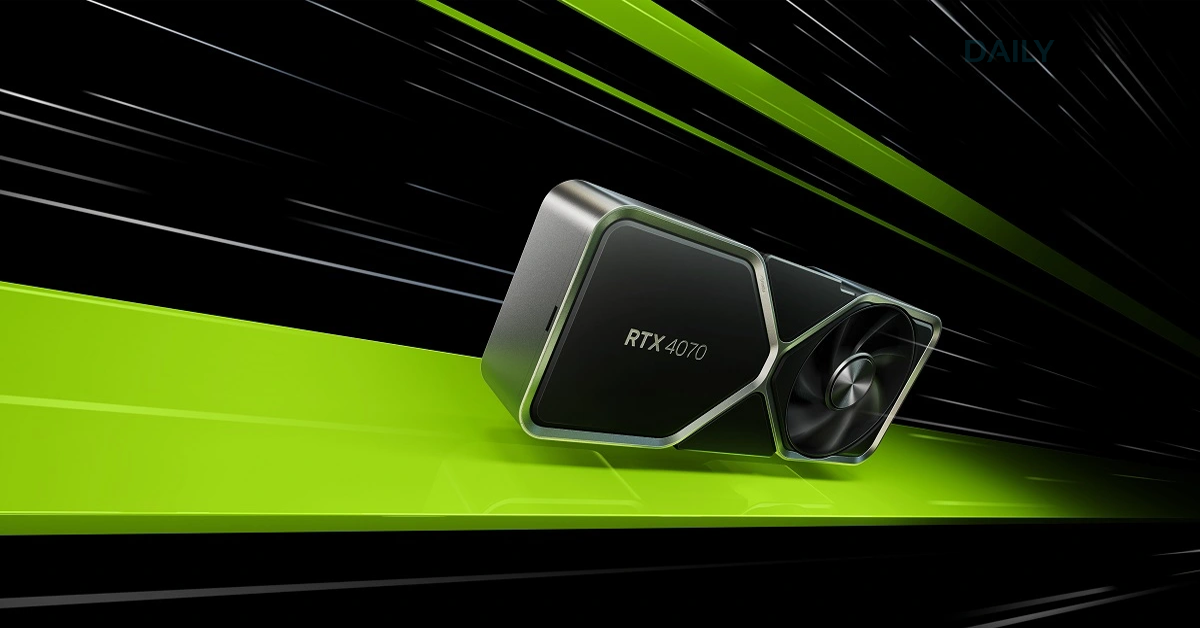NVIDIA launches new graphics cards
NVIDIA launches new graphics cards: Pushing Boundaries of Gaming and AI
Introduction:
NVIDIA, a leading technology company renowned for its graphics processing units (GPUs), has announced the launch of its latest generation graphics cards. These new GPUs aim to deliver unprecedented levels of performance, visual fidelity, and AI capabilities, revolutionizing the gaming, content creation, and artificial intelligence (AI) industries. With breakthrough advancements in architecture, ray tracing, and deep learning, NVIDIA’s new graphics cards are set to redefine the boundaries of what is possible in the world of computing.
1. Ampere Architecture: Powering Next-Generation Performance:
NVIDIA’s new graphics cards are built upon the innovative Ampere architecture, which represents a significant leap forward in terms of performance and efficiency. The Ampere architecture introduces enhancements in core count, clock speeds, and memory bandwidth, resulting in substantial performance gains over the previous generation.
With the introduction of advanced tensor cores and ray tracing capabilities, Ampere GPUs excel in AI and real-time ray tracing applications. These advancements enable lifelike lighting, shadows, and reflections, enhancing the visual fidelity of games and immersive experiences.
2. Ray Tracing: Real-Time Photorealistic Rendering:
NVIDIA’s new graphics cards feature dedicated ray tracing cores, making real-time ray tracing a reality. Ray tracing simulates the behavior of light in a scene, allowing for highly realistic rendering with accurate reflections, shadows, and global illumination effects. This breakthrough technology enables game developers and content creators to achieve unprecedented levels of visual realism, immersing users in visually stunning worlds.
The integration of hardware-accelerated ray tracing cores in NVIDIA’s graphics cards ensures smooth and efficient performance during demanding ray tracing computations. This empowers developers to create visually breathtaking experiences, pushing the boundaries of graphical fidelity in gaming and content creation.
3. DLSS: AI-Powered Upscaling and Performance Boost:
NVIDIA’s new graphics cards incorporate Deep Learning Super Sampling (DLSS), an AI-powered rendering technique that combines traditional anti-aliasing with upscaling. DLSS leverages the power of machine learning to upscale lower-resolution images, delivering high-quality visuals with improved performance.
By training on high-resolution images, DLSS can generate enhanced, upscaled versions in real-time, reducing the rendering workload on the GPU. This enables gamers to enjoy higher frame rates and smoother gameplay without compromising image quality. DLSS technology not only enhances gaming experiences but also benefits content creators by accelerating rendering times in applications such as 3D modeling and video editing.
4. AI Capabilities: Unleashing the Power of Deep Learning:
NVIDIA’s new graphics cards are not just designed for gaming but also cater to the growing demand for AI computing power. These GPUs are equipped with dedicated tensor cores that accelerate deep learning workloads, enabling efficient training and inference processes.
With the ability to process vast amounts of data and perform complex computations, NVIDIA’s graphics cards empower researchers, scientists, and developers to unlock new possibilities in AI-driven applications. Whether it’s training neural networks for image recognition, natural language processing, or scientific simulations, the increased AI capabilities of these GPUs offer immense potential for advancing various fields of study.
5. RTX Studio: Empowering Content Creators:
NVIDIA’s new graphics cards, combined with the RTX Studio platform, cater to the needs of content creators by providing powerful tools and optimized software for their creative workflows. RTX Studio-certified laptops and desktops deliver exceptional performance in applications such as video editing, 3D modeling, animation, and rendering.
The RTX Studio platform harnesses the power of real-time ray tracing, AI acceleration, and advanced shading technologies to enable faster and more efficient content creation. This empowers
content creators to bring their artistic visions to life with greater realism, detail, and efficiency.
The integration of NVIDIA’s new graphics cards with the RTX Studio platform offers content creators access to a range of software optimizations, including GPU-accelerated rendering and AI-powered creative tools. This combination significantly reduces rendering times, enhances productivity, and enables faster iteration and experimentation in the creative process.
6. Performance and Efficiency Improvements:
NVIDIA’s latest graphics cards boast remarkable performance improvements compared to their predecessors. The increased core counts, higher clock speeds, and improved memory bandwidth enable smoother gameplay, faster frame rates, and more immersive experiences in graphically demanding games. Content creators also benefit from accelerated rendering times and faster simulations, enabling them to work more efficiently and meet tight deadlines.
Furthermore, the new generation of graphics cards incorporates enhanced power efficiency. Through architectural advancements, improved power management, and more refined manufacturing processes, NVIDIA has achieved a balance between performance and energy consumption. This not only reduces the environmental impact but also leads to cooler and quieter operation, enhancing the overall user experience.
7. Availability and Market Impact
NVIDIA’s new graphics cards have generated significant excitement among gamers, content creators, and AI enthusiasts. Their launch marks a significant milestone in the evolution of GPU technology and sets new standards for performance and visual fidelity.
Upon release, these graphics cards faced high demand and limited supply due to their cutting-edge features and exceptional performance capabilities. The competitive landscape and market dynamics further contribute to the anticipation and buzz surrounding NVIDIA’s latest offerings.
As the availability of the new graphics cards improves, they are expected to have a profound impact on various industries. The gaming industry will witness more immersive and realistic gaming experiences, while content creators will have access to enhanced tools and capabilities for their creative endeavors. The increased AI performance will drive advancements in fields such as deep learning, data science, and scientific research.
The launch of NVIDIA’s new graphics cards is also expected to influence the strategies and offerings of competitors in the market. Rival companies will likely respond with their own innovations and technological advancements to remain competitive, leading to further progress and evolution in the GPU landscape.
Conclusion:
NVIDIA’s launch of its latest generation graphics cards represents a significant advancement in the realms of gaming, content creation, and AI computing. With the introduction of the Ampere architecture, dedicated ray tracing cores, AI capabilities, and improved performance and efficiency, these graphics cards push the boundaries of what is possible in visual fidelity, realism, and computational power.
The integration of real-time ray tracing, AI-powered upscaling, and advanced shading technologies empowers both gamers and content creators to unleash their creativity and experience unparalleled levels of immersion. The enhanced AI capabilities open doors to new possibilities in deep learning and scientific research.
As these graphics cards become more widely available, they are expected to shape the future of gaming, content creation, and AI applications, setting new standards and driving further innovations in the industry. The launch of NVIDIA’s new graphics cards signifies a significant milestone in the ongoing evolution of GPU technology, paving the way for a new era of computing and visual experiences.







